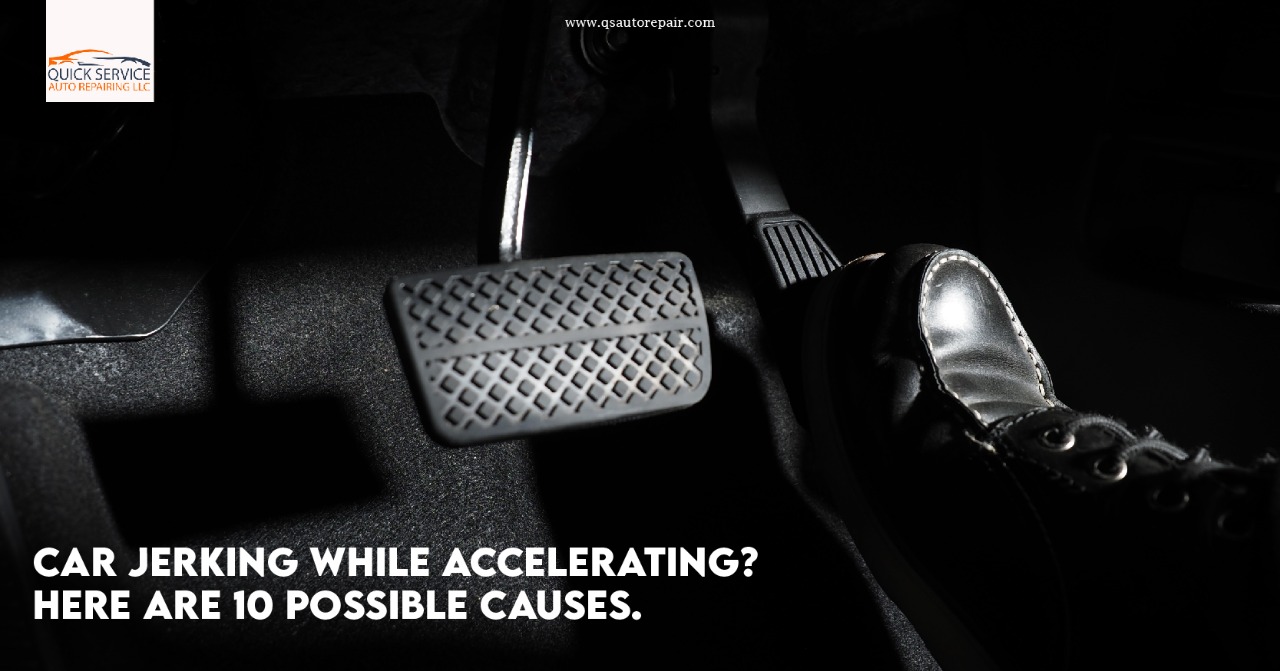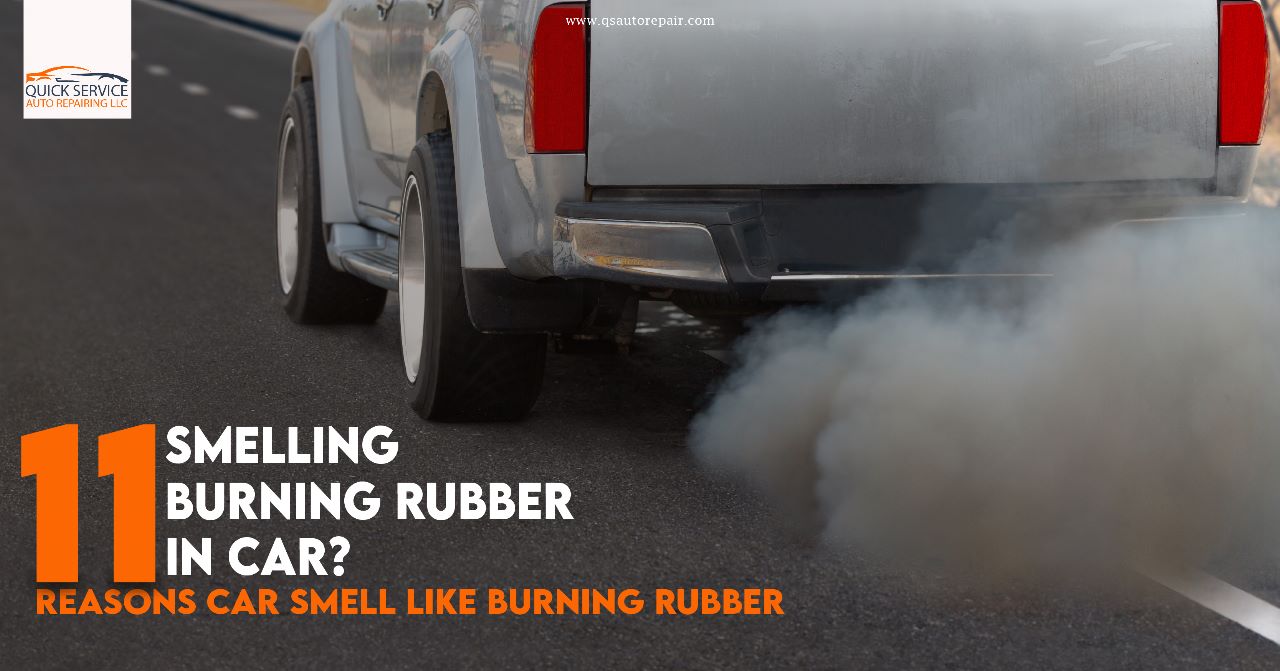We Are Open 7 Days a Week
Fri to Thu 08:00 AM - 10:00 PM
You Won’t Believe the 6 Defects That Car Polishing Can Solve

Introduction: Car polishing can do more than make your car shine. In addition to giving your car’s exterior a fresh look, polishing can also help fix paint defects. With polishing, everything from small scratches to large dents can be corrected. This can save you a lot of money since you won’t have to pay someone else to fix the problem. Polishing is also an essential step in detailing your vehicle.
What is car polishing?
Car polishing uses a rotating buffer to remove scratches, swirl marks, and other imperfections from your vehicle’s paint. A rotary car polisher is used to make these corrections. The goal is to level out the clear coat to reflect light evenly, resulting in a deep, glossy shine.
Most car polishes contain abrasives that range from very fine to coarse. The finer the abrasive, the less material it will remove but the better the finish will be. Coarse abrasives can quickly remove defects but may also leave behind holograms or buffer trails if not used properly.
Polishing by hand can be time-consuming and challenging to do correctly, so many people opt for machine polishing. This involves using a power drill or buffer with a polishing pad attached. Automotive polishing can achieve professional-looking results but requires care to avoid damaging the paint.
Common Type of Auto Detailing Paint Defects
Car polishing is often thought of as a way to improve the look of your car’s paint job. However, polishing can also be used to fix many common paint defects. Here are some common paint defects and how they can be classified by type.
An orange peel is one type of defect that can be fixed with polishing. This is when the paint has a textured appearance, like the skin of an orange. An uneven application of paint causes orange peel during the manufacturing process. Polishing can level out the texture and give the paint a smooth finish.
Another type of defect that can be corrected with polishing is called fisheye. This happens when small craters are in the paint, caused by contaminants like silicone or wax.
But we are here to discuss some defects that You won’t believe car polishing can solve.
Scratches: Car polishing can remove light scratches from your paint.
Car polishing can remove light scratches from your paint, but it’s essential to be careful not to damage the paint. You may need to have your car repainted if you have deeper scratches. You may need to have your vehicle repainted if you have deeper scratches.
Tar and bug stains: Car polishing can remove tar and bug stains from your paint.
Car polishing is one of the best ways to remove tar and bug stains from your paint. It’s also one of the quickest and most effective ways to restore shine and luster to your car’s finish. It’s also one of the fastest and most effective ways to restore shine and glow to your car’s finish.
Swirl marks: Say goodbye to swirl marks with car polishing.
If you’re sick of looking at your car and seeing swirl marks everywhere, it’s time to invest in good polishing. Car polishing can do wonders for the paint correction on your car, and it’s not that difficult to do yourself. You’ll need to get a few supplies, including a polishing machine, polishing pads, and a polishing compound. Once you have everything you need, follow the instructions on the polishing compound, and your car will look new.
Oxidation: Remove oxidation and restore shine with car polishing.
If your car’s paint looks dull, it may be time to polish it. It is a common issue that causes cars to lose their shine. Fortunately, waxing your car can remove oxidation and restore its original luster.
When polishing your car, be sure to use a high-quality polish. Apply the polish evenly and in a circular motion. After applying the polish, use a clean cloth to buff it out. This will remove any excess polish and ensure that the finish is even.
Dirt and grime: Polishing your car will help remove dirt and grime.
Removing any dirt and grime present when polishing your car is essential. This helps to ensure that the polish will go on evenly and smoothly. It also helps to prevent any potential deep scratches or other damage during the polishing process.
To remove dirt and grime from your car, start by washing it with a mild soap and water solution. Once it’s been washed, dry your car off completely with a soft cloth. Then, use a polishing cloth or sponge to apply a small amount of polish to your car. Rub the polish in your vehicle in circular motions until the entire surface is covered.
Water spots can also be removed using polish.
If you’ve ever had the frustrating experience of dealing with water spots on your car, you’ll be happy to know that there is a way to remove them using polish. This quick and easy fix will make your vehicle look shiny and new.
To remove water spots, start by washing and drying your car. Then, apply a slight polish to a clean cloth and rub it into the affected area in a circular motion. Once the hard water spots are gone, buff the area with a clean cloth to bring back the shine.
This simple trick is an easy way to keep your vehicle looking its best. So next time you notice water spots, don’t reach for the scrub brush – reach for the polish instead!
How to polish your car like a pro
Car polishing is an essential part of keeping your car looking its best. But it’s not as simple as just running a cloth over the paintwork. A Polisher can remove swirls and scratches and restore the shine to your car’s paintwork. If you need to polish your car, Here are a few tips on how to polish your car like a pro:
1. Choose a suitable polish. Many types of car polish are available, so make sure you choose one suitable for your paintwork. Ask a professional or consult your car’s owner’s manual if in doubt.
2. Prepare the surface. Before polishing, ensure the surface is clean and free of dirt or debris. Otherwise, you could end up scratching the paintwork.
3. Use circular motions. When applying polish, use circular motions with even pressure. This will help to avoid leaving any streaks or marks on the paintwork.
4. buff it out. Once you’ve applied the polish, allow it to work for two or three minutes before buffing it out. This will help ensure the polish has penetrated the paintwork and is working on a deeper level. You can use a clean cotton cloth to buff the surface.
5. Don’t rub too hard. One of the most important things to remember when polishing your car is not to rub too hard. This can cause scratches and scuffs on the surface, which must be re-polished.
6. Apply the polish correctly. Remember that you should apply the polish to a small area of the car at a time. You can then spread it out with the applicator pad and buff it out. This will help to prevent any streaks or marks from being left behind where you’ve used too much polish.
7. Don’t get too close to the edges. This is a very common mistake, but if you are working on your car, make sure that you don’t get any polish on the chrome or rubber trim around the edge of your vehicle. This will leave marks around the edges of your car, and it can be challenging to remove.
8. Make sure you use the right kind of polish. You must use high-quality polish and not just any old stuff from the supermarket. Use a polish meant for your type of car, and ensure you follow the directions on the label.
9. Use a combination of polishes. Using different types of polish can help to get the best results when it comes to removing scratches. Using a rubbing compound can help remove the deeper marks and swirls, and then use a polishing cream or paste to remove the minor scratches.
10. Use multiple types of clothes. Different kinds of clothes can be used to help polish the car. Use a soft cloth that won’t scratch the paint and a rougher towel to clean the residue. This can help prevent scratching the paint when cleaning off the polish.
11. Use a microfiber cloth. Microfiber cloths are designed to be used on car paint, and they are very soft and great for removing dust and water spots. They will also help to clean off the polish.
12. Clean your car regularly. If you can, wash your car every week, as this will keep it looking its best. Be sure to use a high-quality wax or polish, and don’t forget to use a sealant. A car wash can help keep your car looking good.
13. Clean the area around your car. The dirt and contaminant that accumulates on your driveway or garage floor can also get onto your car, so be sure to clean one or both of these areas regularly.
Don’t forget these things when polishing your car!
When it comes to polishing your car, there are a few things you need to keep in mind.
First, be sure to use a high-quality polish.
Second, be sure to follow the directions on the label.
Third, be patient and take your time.
Fourth, be gentle and don’t apply too much pressure.
Fifth, work in small sections and don’t rush.
Sixth, avoid using polishes that contain harsh chemicals.
Seventh, always test the polish on an inconspicuous area first.
Eighth, if you’re not sure how to use a particular product, ask a professional for help.
If you follow these tips, you’ll be able to remove defects and restore shine to your car quickly and easily. Once you’ve polished your car, take a step back and admire your handiwork!
Car polish warning: What you need to know
There are a few things you should keep in mind before you start polishing your car. First, be sure to read the instructions that come with your polish carefully. Second, be sure to work in a well-ventilated area. Finally, wear gloves and eye protection when working with polish.
Don’t be a shiner. Get your car polished by professionals!
Quick service auto Repairing has a professional team of auto repair specialists and technicians to provide you with the best body shop service and auto maintenance services at a very affordable price. Our team of experts can polish your car to a high gloss finish. We can polish your car to a high shine in our body shop or the convenience of your driveway.
Conclusion:
Car polishing Make your car look new again. It Removes defects, Restores shine, Enhances the appearance of your car, and Protects the finish from future damaging weather.









